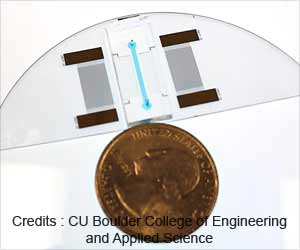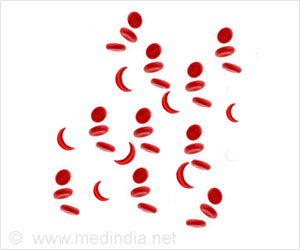- World Sickle Cell Day is marked on 19th June every year
- SCD is most prevalent in Africa, Asia, North and South America and parts of Italy and Greece
- In India, SCD is most common among the tribal belts of Tamil Nadu, parts of Kerala, Deccan plateau, Gujarat, Jharkhand, Bihar and Chhattisgarh
World Sickle Cell Day 2017
World Sickle Cell Awareness Day is marked on 19th June each year. In 2008, the General Assembly of the United Nations adopted a resolution to consider sickle cell disease (SCD) as a serious public health concern. SCD is one of the most prevalent genetic disorders across the globe. It is mostly concentrated in the four continents of Africa, Asia, North and South America. It is also present in Southern Europe in Italy and Greece. Apathy and lack of prevention and control programs have led to a serious rise in prevalence and incidence of SCD. According to the journal PLOS Medicine, around 30% of the globe will be affected by SCD with the highest numbers in Sub-Saharan Africa and India.World Sickle Cell Day 2017 is being celebrated across the globe in partnership with patient organizations, advocacy cells, hospitals, health care providers and well-wishers. This day is particularly significant as it aims to make the public aware of the public health concern of a rapidly increasing genetic blood disorder. It is essential that the governments of all nations take note of this concern, and put in place programs to enable timely diagnostics, treatment, prevention and control.
Concerns in SCD also involve the availability and access to safe and tested blood. Blood-borne viruses like HIV, HBV and HCV are a real threat to patients with SCD and it is imperative for all patients to access quality blood. In many countries, even access to basic transfusion facilities is not available, and this needs to be addressed by respective governments. Other facilities including genetic counseling, availability of drugs and other therapeutic procedures, lab tests and psycho-social support are essential for a person with SCD to thrive in life.
World Sickle Cell Day is a proactive platform for patients and families to express their concerns to the government and policy makers. It also raises awareness among the public who may be encouraged to go in for carrier screening to avoid further incidences of SCD. Fund-raisers, walkathons, street plays and other events are usually held to create a public campaign for SCD.
Future Hopes
References:
- 3rd World Sickle Cell Day - (http://www.unesco.org/new/en/unesco/events/all-events/?tx_browser_pi1%5BshowUid%5D=4087)
- World Sickle Cell Day 2017 - (http://www.moh.gov.sa/en/HealthAwareness/healthDay/2015/Pages/HealthDay-2015-06-19.aspx)
- Sickle cell disease - (https://ghr.nlm.nih.gov/condition/sickle-cell-disease)
- Sickle Cell Foundation of Georgia - (http://sicklecellga.org/worldday/)
- World Sickle Cell Day 2017 - (http://www.conqueringthecurve.org/events/worldsicklecellday2017)
- Support Group Meeting - (http://www.cscfkids.org/)
- Did Gene Therapy Cure Sickle Cell Disease? - (http://www.acsh.org/news/2017/03/07/did-gene-therapy-cure-sickle-cell-disease-10950)
- Sickle Cell Anemia Is On The Rise Worldwide - (http://www.npr.org/sections/health-shots/2013/07/17/202628070/sickle-cell-anemia-is-on-the-rise-worldwide)
- Hoban, Megan D., Stuart H. Orkin, and Daniel E. Bauer. "Genetic treatment of a molecular disorder: gene therapy approaches to sickle cell disease." Blood (2016): blood-2015.










